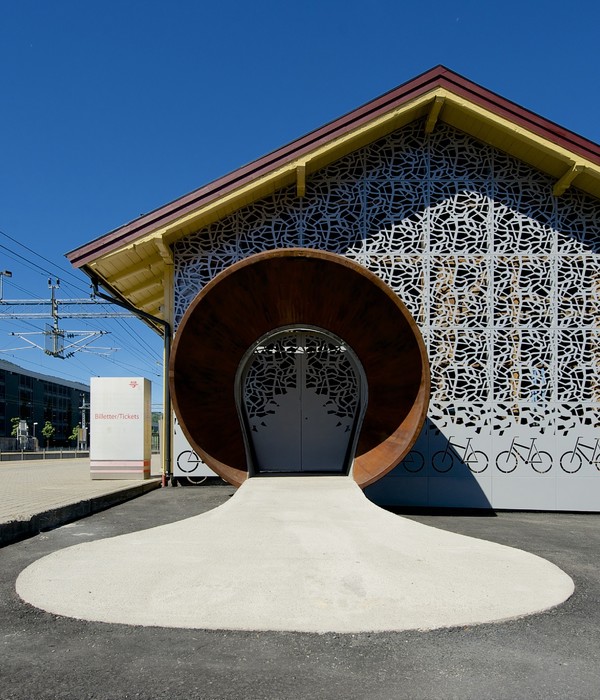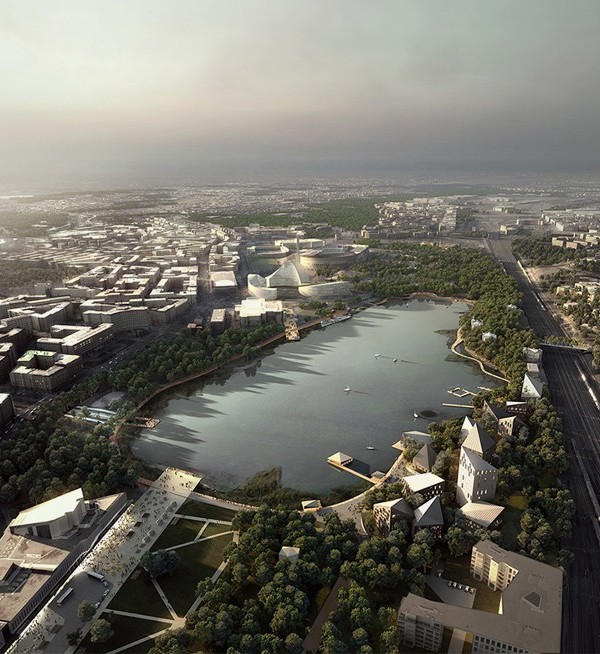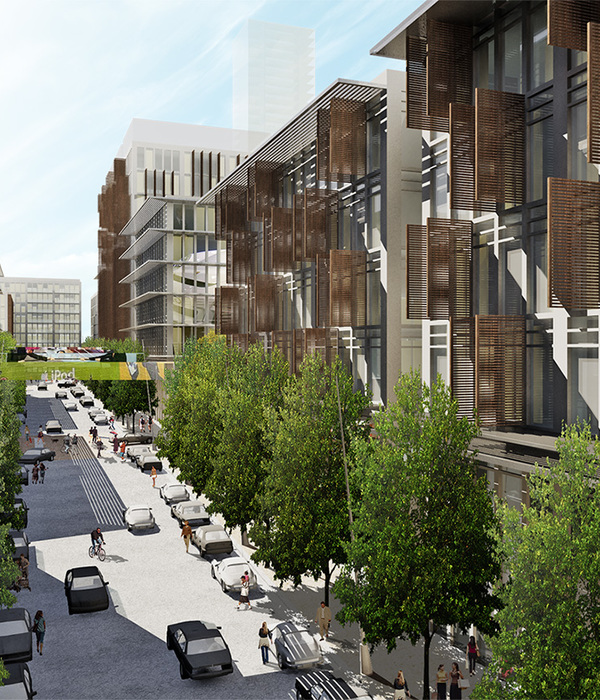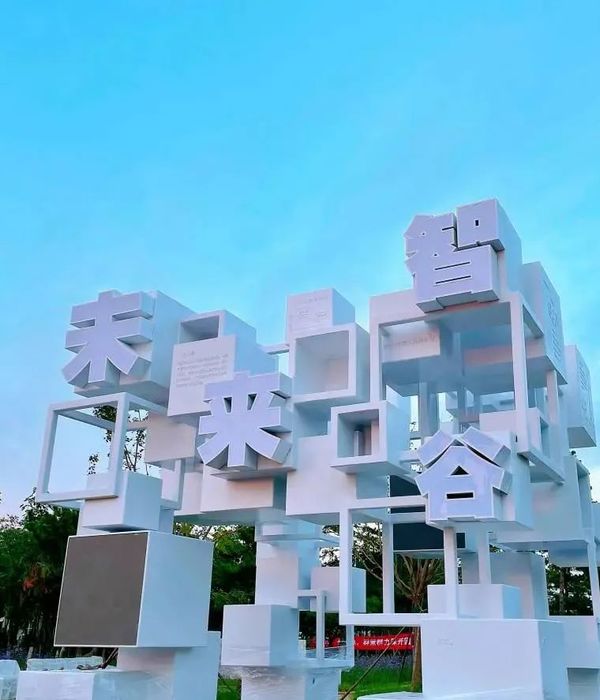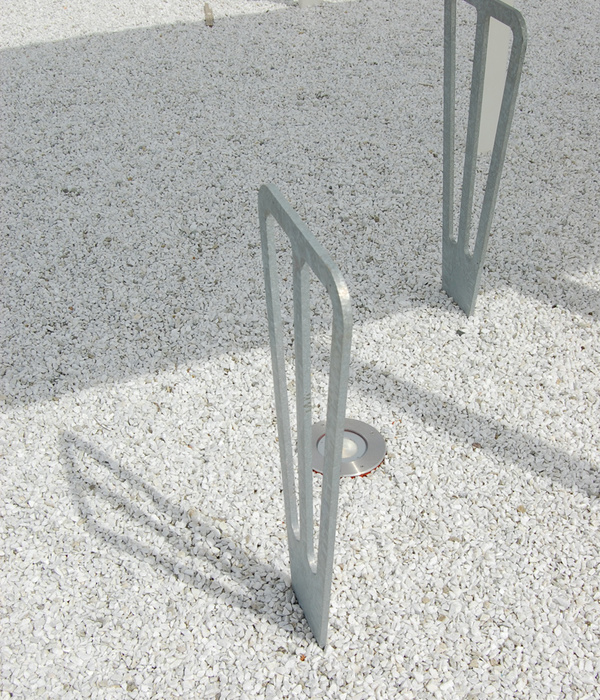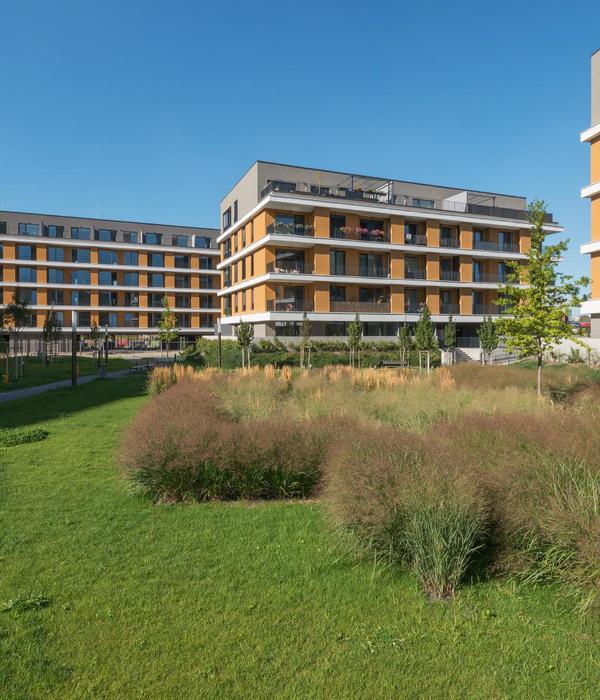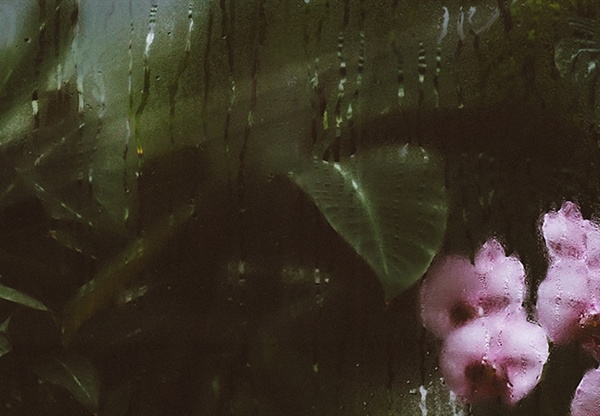The design impetus for the Silk Tree Park began before the project existed, with an investigative studio at Tehran’s Urban Innovation Center. The research led by Raha Ashrafi at TUIC focused on providing safe and comfortable urban environments for Deaf and Hard of Hearing individuals, ultimately resulting in a handbook titled 101 Tips To Design for a Deaf Friendly City. Months later, when Ashrafi & Zad was commissioned for the design of a small urban park adjacent to Tehran’s Sports Federation for the Deaf and Hard of Hearing, the practice identified an opportunity to bring awareness to Tehran’s Deaf community and offer inclusive public amenities in the neighborhood.
Core design strategies included circular seating spaces ranging in radius from 2.80 meters to 5.50 meters; an ideal distance to facilitate deaf visual dialogue. The circular seating also encourages friendly interaction and engagement between strangers as the arrangement acts as a gathering space for all users. To further bolster safety and comfort, the circular seating has entrances facing walkways. Aside from these entrances, each seating space is surrounded on all sides by vegetation and greenery to prevent sudden or accidental approaches from an angle that is not visible to HOH individuals.
Lightweight doubly curved parasols are designed with angled stems to minimize visual obstructions. Furthermore, the parasols are designed with height and canopy measurements that balance light and shadow, as high contrast light and shadow also prevent visual legibility during the signing.
Silk Tree Park is designed to include all ages and a range of physical abilities. All spaces are connected with a single flat surface that allows anyone with difficulty walking or using a wheelchair to easily access the public space. There are two flat areas measured to standard for casual sports such as volleyball and small court football, and children can skate and ride their bikes.
Silk Tree Park is the first public domain area in Tehran designed in accordance with spatial guidelines for deaf and HOH individuals. The Park is part of a larger initiative on behalf of the municipality to create more public spaces that are inclusive of all physical abilities. The design was premised around how responding to special needs can enrich the design, and how the design of natural and built environments can foster playful interaction and empathy between people from all walks of life.
{{item.text_origin}}

